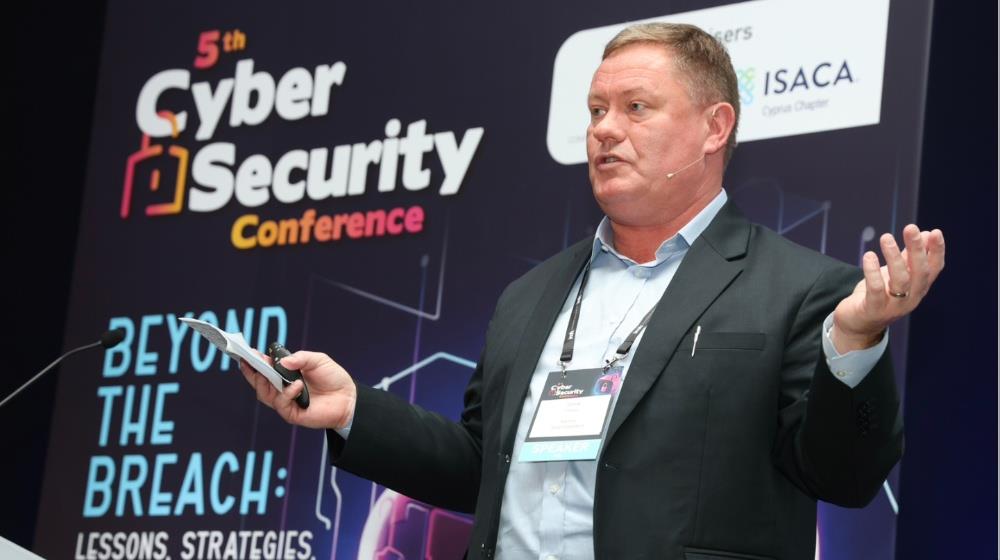Cybersecurity is a matter of resilience for organisations and societies, emphasised Cónal Hickey, the Vice President and Global Cyber Resilience practice leader for Kyndryl in Strategic Markets, at the 5th Cyber Security Conference in Nicosia.
In his speech titled 'Bridging the Gap: How organisations are building a more secure & resilient future', he captured the overall picture of the cyber risk landscape for 2025, highlighting the rise of cybercrime, the impact of geopolitical instability and the decisive role of new technologies, such as genetic artificial intelligence.
Particular emphasis was placed on international regulations, such as the European NIS2 Directive and the DORA Regulation, which, according to him, will have the greatest impact by 2025. These regulations aim to reduce the recovery time of critical functions, through strong governance, enhanced accountability at the highest level of management and faster operational response.
Hickey then presented Kyndryl’s resilience framework, which is based on four pillars: prevention, protection, resilience and recovery. He explained that operational resilience requires a clear record of dependencies between systems, the ability to quickly isolate contaminated environments, and the existence of alternative scenarios for the uninterrupted continuity of critical operations. The concept of the Minimum Viable Company (MVC), i.e. the minimum set of services, data and functions that must be maintained for an organization to remain viable, was a central point of his positioning.
Concluding, he stressed that the next day in cybersecurity requires universal preparation and collaboration. Resilience is not a privilege of large organisations but a foundation for everyone, he said, calling on businesses to invest in strategies that combine technology, people and security culture.
(Source: InBusinessNews)









